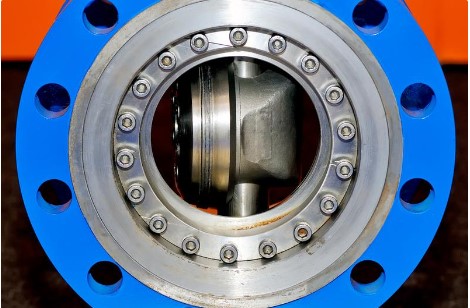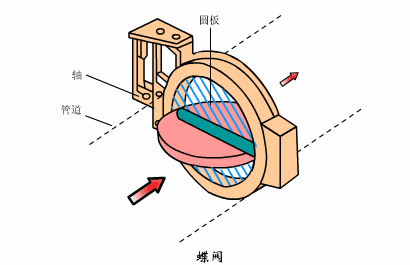+86 15858532562
Views: 57 Author: Site Editor Publish Time: 2024-05-15 Origin: Site








Butterfly valve refers to a valve whose closing part (valve disc or butterfly plate) is a disc and rotates around the valve axis to open and close. It mainly serves to cut off and throttle the pipeline. The butterfly valve opening and closing part is a disc-shaped butterfly plate that rotates around its own axis in the valve body to achieve the purpose of opening and closing or adjustment. The angle from fully open to fully closed of a butterfly valve is usually less than 90°. The butterfly valve and butterfly rod themselves do not have self-locking capabilities. In order to position the butterfly plate, a worm gear reducer must be installed on the valve rod. The use of worm gear reducer not only makes the butterfly plate self-locking, allowing the butterfly plate to stop at any position, but also improves the operating performance of the valve.
The characteristics of the industrial butterfly valve are that it can withstand high temperatures, has a high applicable pressure range, has a large nominal diameter, the valve body is made of carbon steel, and the sealing ring of the valve plate uses a metal ring instead of a rubber ring. Large high-temperature butterfly valves are manufactured by welding steel plates and are mainly used in flue ducts and gas pipelines for high-temperature media.

The following matters should be paid attention to when installing and maintaining butterfly valves:
During installation, the valve disc should stop in the closed position.
The opening position should be determined according to the rotation angle of the butterfly plate.
For butterfly valves with a bypass valve, the bypass valve should be opened before opening.
It should be installed according to the manufacturer's installation instructions. Butterfly valves with heavy weight should be installed on a solid foundation.
The advantages of butterfly valves are as follows:

Opening and closing is convenient, fast, labor-saving, has small fluid resistance, and can be operated frequently.
It has simple structure, small size and light weight.
Slurry can be transported with minimal liquid accumulation at the pipe mouth.
At low pressure, a good seal can be achieved.
Good adjustment performance.
The disadvantages of butterfly valves are as follows:
The operating pressure and operating temperature range are small.
Sealing is poor.
Butterfly valves can be divided into offset plate type, vertical plate type, inclined plate type and lever type according to their structural forms. According to the sealing form, it can be divided into two types: relatively sealed type and hard sealing type. The soft seal type usually uses a rubber ring seal, and the hard seal type usually uses a metal ring seal.
According to the connection type, it can be divided into flange connection and wafer connection; according to the transmission mode, it can be divided into manual, gear transmission, pneumatic, hydraulic and electric.